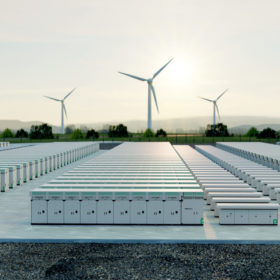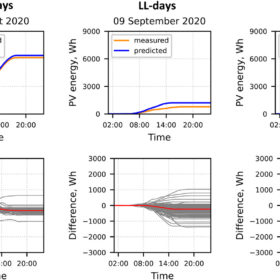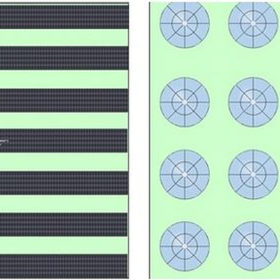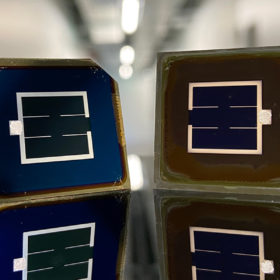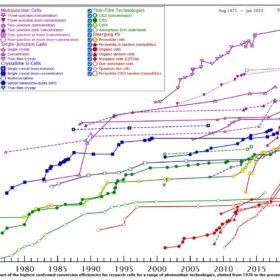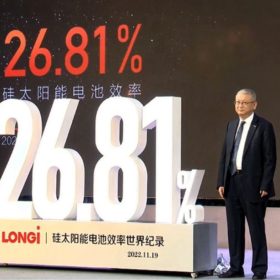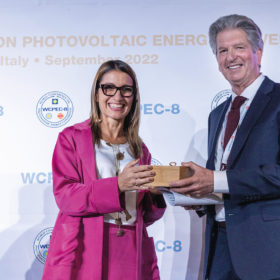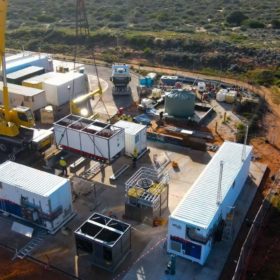Compensation framework for storage proposed by research institute
Pacific Northwest National Lab (PNNL) researchers in the US have developed a new framework to compensate energy storage as a dual-use asset.
NSW holiday cottage home to green hydrogen SAPS trial
A holiday house in New South Wales is thought to be the first residential property in Australia to make the switch to a hybrid solar and green hydrogen standalone power system with network service provider Essential Energy trialling the off-grid technology.
How variable is rooftop solar power?
A research group has developed a new methodology that shows PV systems located in the same area could have similar distributions of power ramps. Their three-step method could be used for the dimensioning of rooftop arrays and the scheduling of daily operations.
Photovoltaics vs. concentrated solar power
Omani researchers have compared the performance of PV and concentrated solar power (CSP) in terms of energy generation intensity and the effective use of land at low latitudes near the Tropic of Cancer. They described nine project typologies and ranked them with three different simulation tools.
Martin Green’s solar cell efficiencies at a glance updated
A research group led by Professor Martin Green has published Version 61 of the solar cell efficiency tables. The tables include a world record for a silicon heterojunction cell, announced by Longi earlier this week, as well as five more new results.
Building renewables emits carbon, but building them faster emits far less
A new study by Columbia University’s Climate School looks at the carbon emissions needed to build renewable energy.
Interactive chart of solar cell efficiency updated
The US National Renewable Energy Laboratory (NREL) has released a new, interactive version of its research cell efficiency chart for a range of PV technologies.
Green rates feat after Longi achieves record 26.81% with silicon cell
Chinese solar manufacturing giant Longi has announced the achievement of a world record 26.81% conversion efficiency from a cell utilising heterojunction technology on full-size silicon wafers in mass production. The company said the measurement has been validated by Germany’s Institute for Solar Energy Research.
Weekend read: A sustainability swan song
Pioneering PV researcher Martin Green has received an abundance of accolades over his 50-year career of fundamental solar research with teams at the University of New South Wales (UNSW). That contribution was further recognised on Sept. 26, when he picked up the WCPEC-8 Award in Milan, Italy. Green spoke with pv magazine about the role of technologies such as PERC cells and his efforts to advance non-toxic thin film semiconductors for the tandem cells of the future.
Australian-first green hydrogen microgrid powers up in WA
Australia’s first hybrid solar and renewable hydrogen microgrid has officially launched as green hydrogen production began at Horizon Power’s demonstration plant in the coastal community of Denham in Western Australia’s Gascoyne region.
